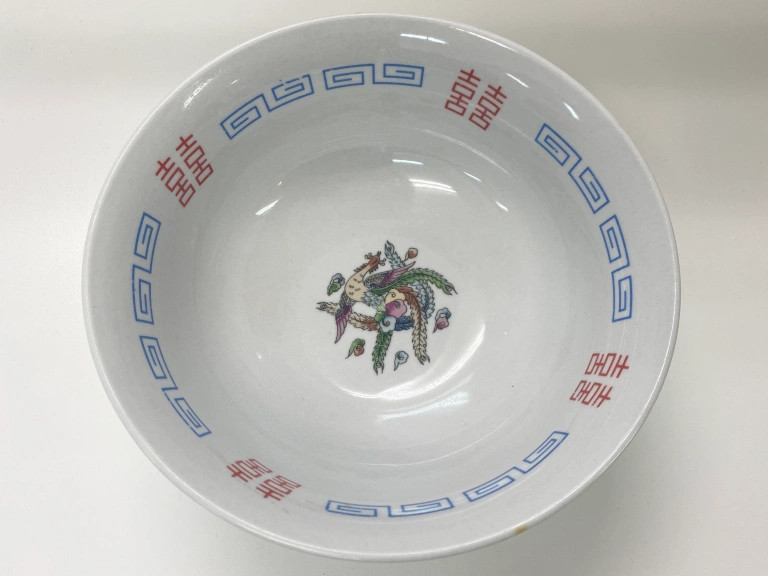
This relatively unknown local delicacy is well worth getting your hands on…if you can find it!
Ramen comes in a myriad of different flavors, and many regions of Japan boast their own specialties. Some are more famous than others, like Sapporo ramen from Hokkaido, with its miso-flavored broth, and Hakata ramen, Fukuoka’s thick and cloudy pork bone broth ramen also known as tonkotsu.
Unfortunately, ramen varieties from lesser-known places tend to fly under the radar. Take, for example, Tokushima ramen, hailing from the south-central island of Shikoku. It’s so unknown that when our Japanese-language reporter Ikuna Kameazawa asked around at the office, only one out of the eight people present knew what it was. Well, that’s not surprising, given that our office is in Tokyo, and there are very few ramen restaurants that serve Tokushima ramen in the Tokyo area.
Ikuna has no connection to Tokushima whatsoever, but, having recently discovered Tokushima ramen, she would like to shout its praises from the rooftops. Since that fateful day when these noodles first graced her lips, she has become a prisoner to Tokushima ramen. Or rather, to the restaurant Ramen Todai.
Ramen Todai is a Tokushima ramen chain with branches in western Japan, particularly Kansai, Chugoku (the region to the west of Kansai), and Shikoku. Undoubtedly, any Tokushima locals reading this will say there are far better Tokushima ramen shops out there. Ikuna, who hasn’t yet had the chance to visit Tokushima herself, asks for their pardon (she’ll go one day!).
The branch of Todai Ramen that Ikuna most recently visited was in an Aeon Mall in Okayama, where she ordered the Todai Set (1,100 yen [US$8.50]). It comes with a soft drink and bowl of rice topped with mentaiko (spicy cod roe) and tororo (grated yam). Whether those things are considered proper accompaniments to Tokushima ramen, Ikuna could not say. She just can’t help but want to order a set meal. She’s only human.
On the counter was a sign that said, “One raw egg free per person”. This greatly excited Ikuna. Some might say, “If it’s free, why not just include it in the set from the start?” But in Ikuna’s mind, there was something nice about being able to reach out and take one for yourself.
Soon, the set arrived.
Ikuna’s excitement doubled, since it was something she can’t always eat and it looked absolutely delicious. The broth had a deep, rich color, and with the even darker sweet and spicy simmered pork ribs and bamboo shoots it was all brown (except for the green onions and the egg, which she cracked right in). This was, she learned, the general format of Tokushima ramen.
Ikuna’s preferred style of eating is to drop the egg in, appreciate the difference it makes to the presentation, then ignore it completely for a moment and eat the noodles.
It was so good she couldn’t help the high-pitched “Mmm!” that escaped her lips. The soup was a sweet, rich soy sauce broth, though it wasn’t quite as rich as it looked.
Once she’d eaten about half the noodles, she broke the yoke of the egg.
Does this image remind you of something?
That’s right. Tokushima ramen is very similar to sukiyaki, a dish where you dip meat cooked in a broth in raw scrambled egg before eating it. In truth, Ikuna wanted to put five raw eggs in there, but she refrained since that’s probably not really good for your health.
Anyway, if you eat it with rice, it almost becomes like a beef bowl. It’s so good! The classic combination of soy sauce, sake, mirin, and sugar–which is used in Japan to cook all manner of things, from beef bowl to sukiyaki–is just the best (says Ikuna).
Now that Ikuna has introduced you to the joy of Tokushima ramen, you may be lamenting that there is no Tokushima ramen shop in your area. But don’t worry! For those who can’t hop on a bullet train to western Japan just for a bowl of ramen, Ikuna presents to you: cup Tokushima Ramen!
If you look really hard in supermarkets and drug stores, you might, on rare occasions, find them. The one Ikuna most recommends is Tokushima Seibun’s Kin-chan Tokushima Ramen Koku Shoyu (Rich Soy Sauce) flavor.
The seasoning powder is flavored with pork ribs and green onions, and is created with a delicacy of craft that only the illustrious Tokushima Seibun, the treasure of Tokushima, can manage. Topping it with a raw egg makes it very similar to what you can find in restaurants in western Japan.
Now, it’s not always going to be easy to find these cup noodles in a supermarket near you, so if you have friends in the Chugoku or Shikoku areas, it’s best to rely on them to keep you in supply. It’s worth it in Ikuna’s mind, as Tokushima ramen is right up there with Sapporo ramen in terms of merit. But if you are lucky enough to have the chance to visit Tokushima–maybe to visit the hotel offering a taste of Heian-era lifestyles–then definitely get yourself some Tokushima ramen. You won’t regret it!
Images © SoraNews24
● Want to hear about SoraNews24’s latest articles as soon as they’re published? Follow us on Facebook and Twitter!


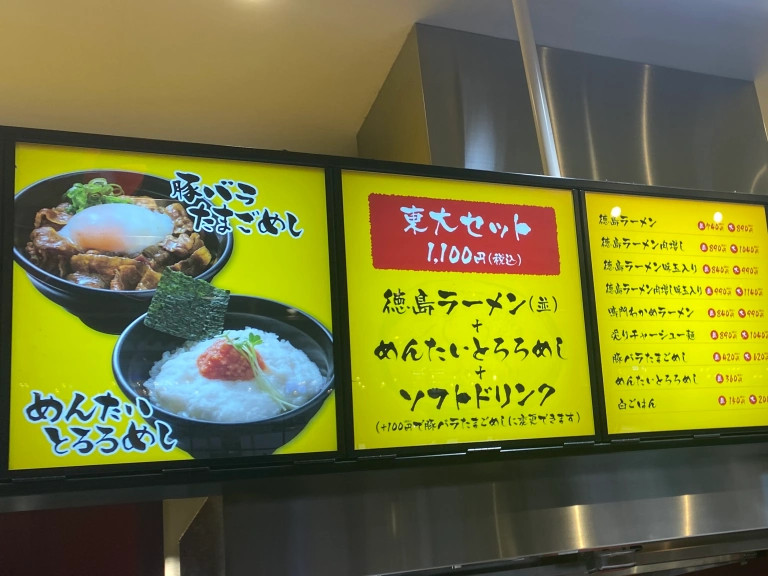
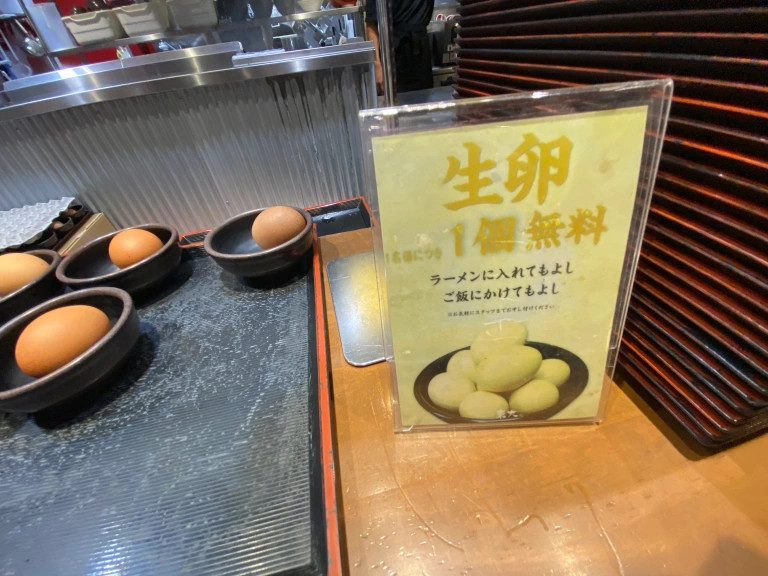
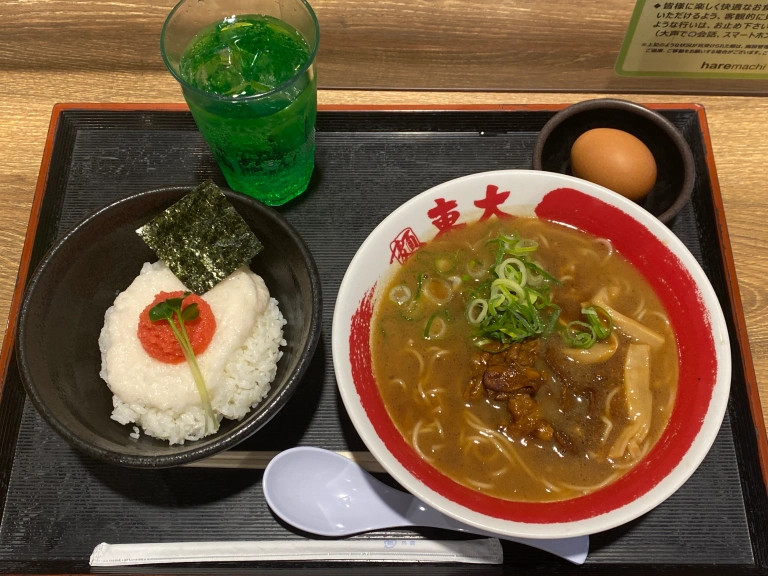
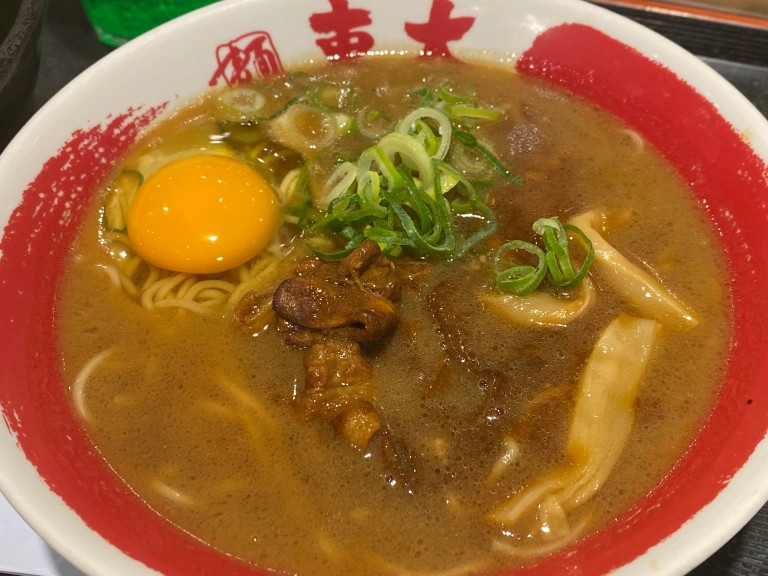
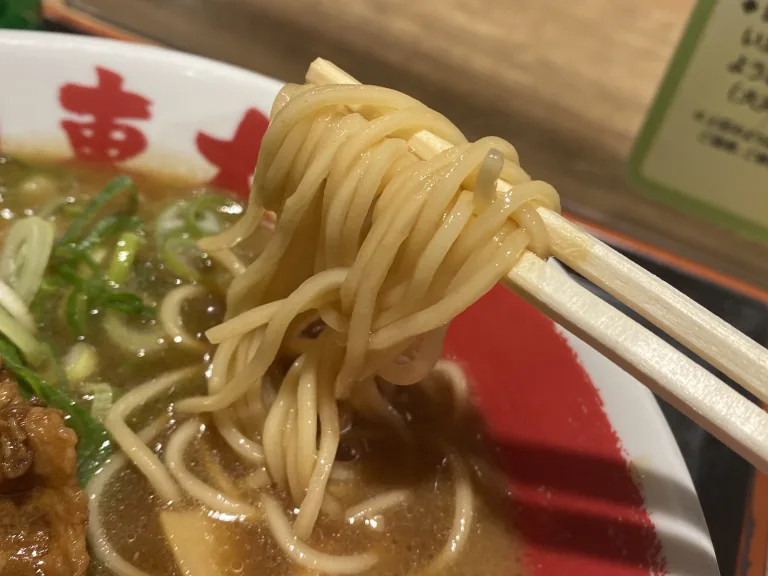



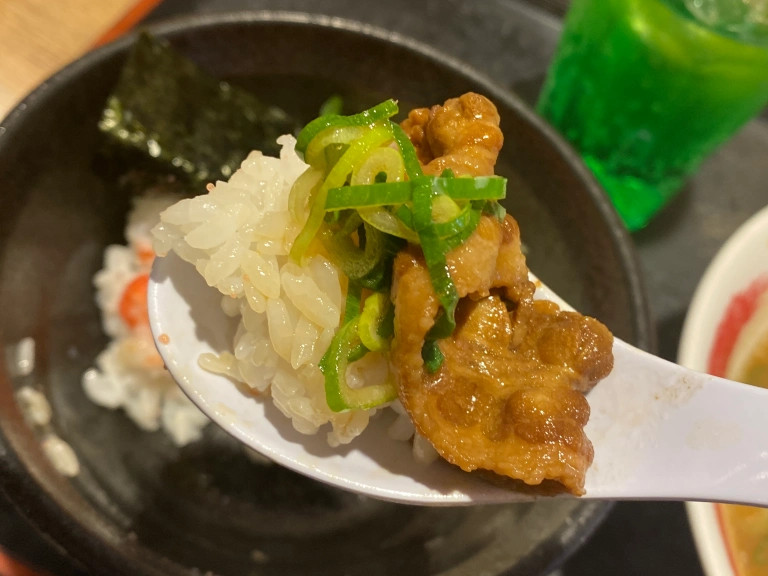
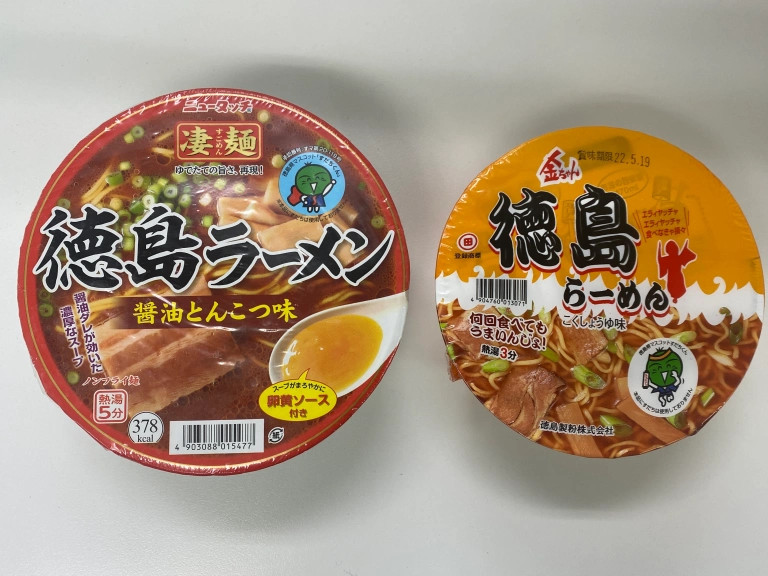
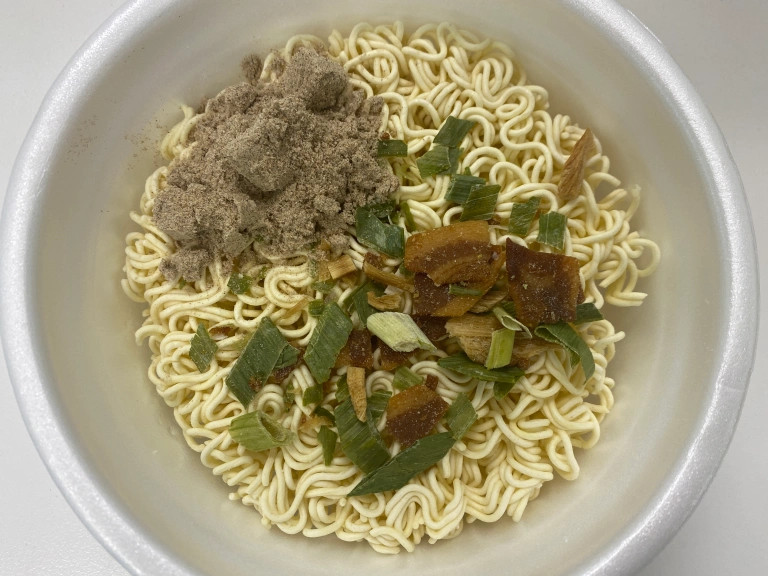
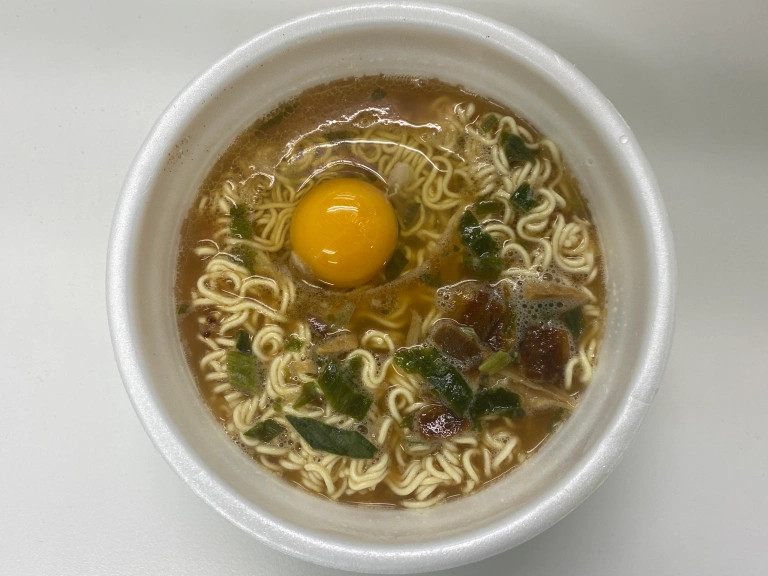
 We visit a ramen bar in Croatia, meet a whole new version of ramen we can’t wait to make at home
We visit a ramen bar in Croatia, meet a whole new version of ramen we can’t wait to make at home A visit to the real-life Naruto Ramen Ichiraku anime restaurant that’s not in Japan【Photos】
A visit to the real-life Naruto Ramen Ichiraku anime restaurant that’s not in Japan【Photos】 Ultra-cute moe pilgrims embark on Shikoku’s 88-temple journey in new TV show
Ultra-cute moe pilgrims embark on Shikoku’s 88-temple journey in new TV show Ramen and girls bar: Where you can talk to women who aren’t dressed like hosts or maids
Ramen and girls bar: Where you can talk to women who aren’t dressed like hosts or maids Poisonous blowfish ramen restaurant in Tokyo is death-defyingly delicious【Taste test】
Poisonous blowfish ramen restaurant in Tokyo is death-defyingly delicious【Taste test】 How to order snacks on a Shinkansen bullet train in Japan
How to order snacks on a Shinkansen bullet train in Japan Hello, cosmetics! Clinique teams up with Hello Kitty this summer for first-time collaboration
Hello, cosmetics! Clinique teams up with Hello Kitty this summer for first-time collaboration Burger King Japan suddenly adds Dr. Pepper and Dr. Pepper floats to its menu nationwide
Burger King Japan suddenly adds Dr. Pepper and Dr. Pepper floats to its menu nationwide Demon Slayer: Kimetsu no Yaiba gets new roller coaster attractions and food at Universal Studios Japan
Demon Slayer: Kimetsu no Yaiba gets new roller coaster attractions and food at Universal Studios Japan New samurai glasses are Japan’s latest weird must-have souvenir
New samurai glasses are Japan’s latest weird must-have souvenir New Nintendo Lego kit is a beautiful piece of moving pixel art of Mario and Yoshi【Photos】
New Nintendo Lego kit is a beautiful piece of moving pixel art of Mario and Yoshi【Photos】 Nintendo history you can feel – Super NES, N64, and GameCube controllers become capsule toys
Nintendo history you can feel – Super NES, N64, and GameCube controllers become capsule toys Japan’s new difficult-to-drink-from beer glass protects your liver, but it’s a brutal experience
Japan’s new difficult-to-drink-from beer glass protects your liver, but it’s a brutal experience 10 things you should buy at 7-Eleven in Japan
10 things you should buy at 7-Eleven in Japan McDonald’s adds new watermelon frappe and fruity macaron to its menu in Japan
McDonald’s adds new watermelon frappe and fruity macaron to its menu in Japan “The most Delicious Cup Noodle in history” – Japan’s French Cup Noodle wins our heart【Taste test】
“The most Delicious Cup Noodle in history” – Japan’s French Cup Noodle wins our heart【Taste test】 Starbucks releases a cute Frappuccino and Unicorn Cake…but not in Japan
Starbucks releases a cute Frappuccino and Unicorn Cake…but not in Japan Kyoto Tower mascot termination reveals dark side behind cute Japanese characters
Kyoto Tower mascot termination reveals dark side behind cute Japanese characters McDonald’s Japan’s Soft Twist Tower: A phantom ice cream only sold at select branches
McDonald’s Japan’s Soft Twist Tower: A phantom ice cream only sold at select branches Yabai Ramen: What makes this Japanese ramen so dangerous?
Yabai Ramen: What makes this Japanese ramen so dangerous? Finally! Nintendo Japan expands Switch 8-bit controller sales to everybody, Online member or not
Finally! Nintendo Japan expands Switch 8-bit controller sales to everybody, Online member or not Japanese government wants to build luxury resorts in all national parks for foreign tourists
Japanese government wants to build luxury resorts in all national parks for foreign tourists To combat declining birth rate, Japan to begin offering “Breeding Visas” to foreigners
To combat declining birth rate, Japan to begin offering “Breeding Visas” to foreigners Studio Ghibli releases anime heroine cosplay dresses that are super comfy to wear
Studio Ghibli releases anime heroine cosplay dresses that are super comfy to wear Woman charged for driving suitcase without a license in Osaka
Woman charged for driving suitcase without a license in Osaka Studio Ghibli unveils My Neighbour Totoro miniature house model
Studio Ghibli unveils My Neighbour Totoro miniature house model Kyoto experiencing problems with foreign tourists not paying for bus fares, but not on purpose
Kyoto experiencing problems with foreign tourists not paying for bus fares, but not on purpose Fighting mild hunger with a Japanese soda that turns into jelly in the stomach【Taste test】
Fighting mild hunger with a Japanese soda that turns into jelly in the stomach【Taste test】 Studio Ghibli’s Howl’s Moving Castle tapestry unveiled in Japan for first time
Studio Ghibli’s Howl’s Moving Castle tapestry unveiled in Japan for first time McDonald’s new Happy Meals offer up cute and practical Sanrio lifestyle goods
McDonald’s new Happy Meals offer up cute and practical Sanrio lifestyle goods Sales of Japan’s most convenient train ticket/shopping payment cards suspended indefinitely
Sales of Japan’s most convenient train ticket/shopping payment cards suspended indefinitely Sold-out Studio Ghibli desktop humidifiers are back so Totoro can help you through the dry season
Sold-out Studio Ghibli desktop humidifiers are back so Totoro can help you through the dry season Japanese government to make first change to romanization spelling rules since the 1950s
Japanese government to make first change to romanization spelling rules since the 1950s Foreigner’s request for help in Tokyo makes us sad for the state of society
Foreigner’s request for help in Tokyo makes us sad for the state of society Ghibli founders Toshio Suzuki and Hayao Miyazaki contribute to Japanese whisky Totoro label design
Ghibli founders Toshio Suzuki and Hayao Miyazaki contribute to Japanese whisky Totoro label design Doraemon found buried at sea as scene from 1993 anime becomes real life【Photos】
Doraemon found buried at sea as scene from 1993 anime becomes real life【Photos】 Tokyo’s most famous Starbucks is closed
Tokyo’s most famous Starbucks is closed Princesses, fruits, and blacksmiths: Study reveals the 30 most unusual family names in Japan
Princesses, fruits, and blacksmiths: Study reveals the 30 most unusual family names in Japan This London ramen restaurant’s super-strange ramen shocks our Japanese taste-tester
This London ramen restaurant’s super-strange ramen shocks our Japanese taste-tester McDonald’s breakfast menu in Hong Kong is like nothing we’ve ever seen in Japan
McDonald’s breakfast menu in Hong Kong is like nothing we’ve ever seen in Japan We found a popular Japanese ramen chain in South Korea!…or so we thought
We found a popular Japanese ramen chain in South Korea!…or so we thought It’s OK to eat ramen every day, says Japanese doctor…as long as it’s not one type
It’s OK to eat ramen every day, says Japanese doctor…as long as it’s not one type Japanese restaurant says its wonder ramen provides all the vegetables your body needs in one bowl
Japanese restaurant says its wonder ramen provides all the vegetables your body needs in one bowl Clash of the instant ramen! Taste-testing seven instant noodles on a flavor trip across Kyushu
Clash of the instant ramen! Taste-testing seven instant noodles on a flavor trip across Kyushu This ramen restaurant has no name, is one of the best hidden finds in Japan
This ramen restaurant has no name, is one of the best hidden finds in Japan These two types of chocolate ramen are going to make Valentine’s Day extra-sweet
These two types of chocolate ramen are going to make Valentine’s Day extra-sweet Hey, Thai tuk-tuk driver! Take us to the best Thai restaurant in this part of Bangkok!
Hey, Thai tuk-tuk driver! Take us to the best Thai restaurant in this part of Bangkok! Ramen vending machine in Tokyo satisfies noodle and gyoza cravings at any time of day or night
Ramen vending machine in Tokyo satisfies noodle and gyoza cravings at any time of day or night What does vegan ramen taste like? We try Veggie Brown Rice Ramen
What does vegan ramen taste like? We try Veggie Brown Rice Ramen “Hey Singaporean taxi driver! Take us to the best restaurant in Singapore!”
“Hey Singaporean taxi driver! Take us to the best restaurant in Singapore!” Sushi Ramen restaurant serves up the best of both worlds in one epic Japanese meal
Sushi Ramen restaurant serves up the best of both worlds in one epic Japanese meal We visit a restaurant called ‘Otaku’ in France, eat some otaku sushi
We visit a restaurant called ‘Otaku’ in France, eat some otaku sushi Hey, Croatian taxi driver! Take us to the restaurant with the best štrukli in Zagreb
Hey, Croatian taxi driver! Take us to the restaurant with the best štrukli in Zagreb
Leave a Reply